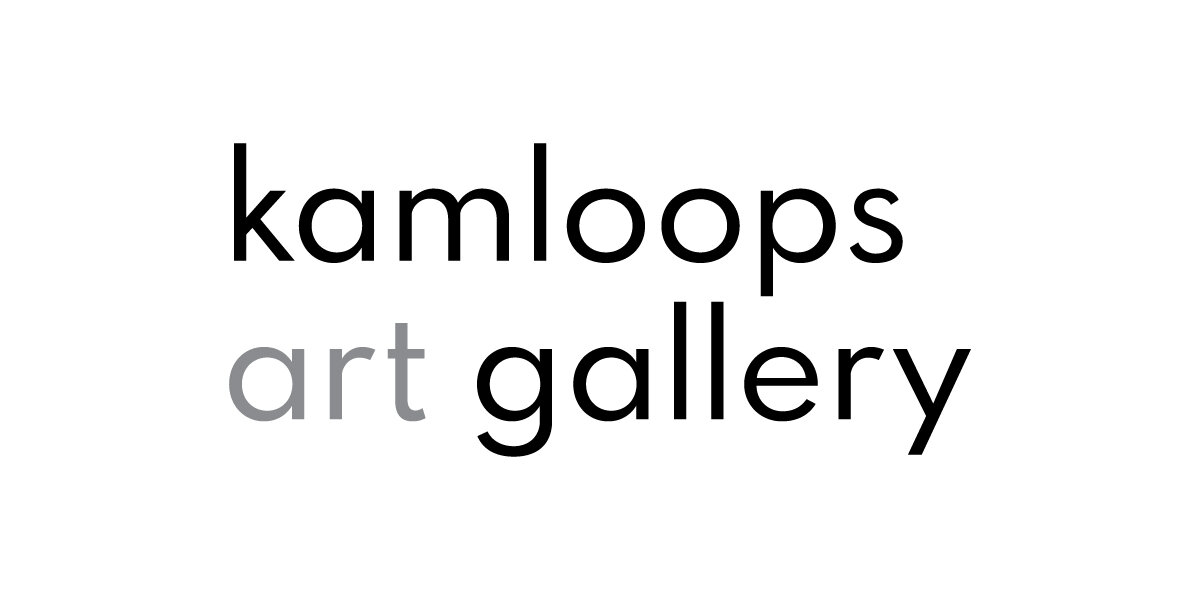Thaumatrope
SCHOOL PROGRAM LESSON PLAN–K to 3
Thaumatrope
Final Project Description:
A simple handmade animation toy – the thaumatrope
Description:
Used by John Ayrton Paris to demonstrate the persistence of vision to the Royal College of Physicians in London in 1824, this popular toy from the 19th century is a simple disk with a picture on each side attached to two pieces of string. When the strings are twirled quickly between the fingers the two pictures appear to blend into one due to the persistence of vision.
Curriculum Connections:
Visual Arts
create images that tell a story
respond to artworks viewed, stating a preference for particular works
create images that represent concepts of time
Science
classify objects by the way they move
show how forces (e.g., push/pull) can change the motion or movement of an object
Workshop Duration: 70 minutes
In Gallery: 10 minutes after the tour for discussion
In Studio: 5 minutes for instructions, 10 minutes to make a template thaumatrope, 40 minutes to make their own thaumatrope, 5 minutes for clean up and discussion and look at other’s work.
Prep:
Put out the name tags and markers on an atrium table
Set up a demo station in the center of the room with all steps of project
Set up each student’s seating area with the materials
Materials:
Thaumatrope templates – blank and printed
>> give each student one printed template and a full sheet (3) of blank templates
Pencils
Markers
Scissors
Hole punch
Glue sticks
String – lots of colours!
Before students begin, have them write their name in pencil on the back side of their thaumatropes.
10:50 – 11:00: Discussion
Gather students in a group in the gallery and talk with them about the persistence of vision and introduce the thaumatrope. Pass around examples for the students to try and demonstrate how they work.
The word thaumatrope is a combination of two Greek words that mean “wonder” and “to turn.” Sometimes people call it a wonder turner or spinning wonder.
The thaumatrope was the first of many optical toys that use the principle of the “persistence of vision” to create illusions of motion.
What is persistence of vision and how does it work?
Short answer:
Impressions made on the retina of the eye last for a short time after the object which produced it has been withdrawn.
Explanation:
Your eyes see by means of a coating of light-sensitive cells. This coating is called the retina. When light hits the cells they get excited, and a message of this excitement is sent to the brain. It takes a bit of time to do this and for the cells to calm down again, so the light picture that they get doesn’t vanish instantly. It lasts for a fraction of a second. This holding action is called persistent vision.
Seeing spots is sometimes an example of persistent vision. It is especially true with really bright lights. Can you remember the last time you were zapped with a flash from a camera? You saw spots for a long time after the flash went off. The same is true when you look at the sun, or out of a bright window for a long time, or directly into a lamp.
Demonstrate thaumatropes – let kids play with the demo ‘tropes.
If you show your eyes two different pictures really fast you can fool yourself into thinking you are seeing both pictures at once – this is how the thaumatrope works.
Lead students back to the studio to create their own thaumatropes.
11:00 – 11:15
Get students seated and using your demo station walk them through the steps to assembling the demo thaumatrope (horse & rider).
STEP 1
Cut around the outer shape.
STEP 2
Fold on the dotted line.
STEP 3
Use the hole punch to make a hole in each tab.
STEP 4
Thread a piece of string through each hole and fasten with a simple knot.
STEP 5
Spin! Amaze!
11:15 – 11:55
Have students create their own thaumatropes! Each student has 3 blank thaumatropes. They should put an illustration on each side that when spun creates a new picture. Call on the students to give examples of what they could draw: person with a hat (head on one side, hat on the other), tree with leaves (trunk on one side, leaves on the other), etc.
Make sure students understand how to design their drawings to make the image combine properly: one side should be upside down, and should be in the correct area of the circle to align. This is a bit tricky – have them create a simple line drawing first, and move on to more elaborate drawings as they learn how to align the images.
TIP: To align the drawings, stack the paper circles and press hard with a pencil around the outline of the first image. The image impression will be on the 2nd circle and kids can easily align the images appropriately.
11:45
Ten minute warning! Students will have ten more minutes to complete their work.
11:55 – 12:00
As students complete their thaumatropes, have them put the completed artworks on a clean table by the white wall (make sure their names are on them) and ask them to clean up their stations and wash their hands.
Once everyone is finished and cleaned up, have them play with each other’s thaumatropes.
They’re adorable! Get a picture of them with their spinning wonders.
